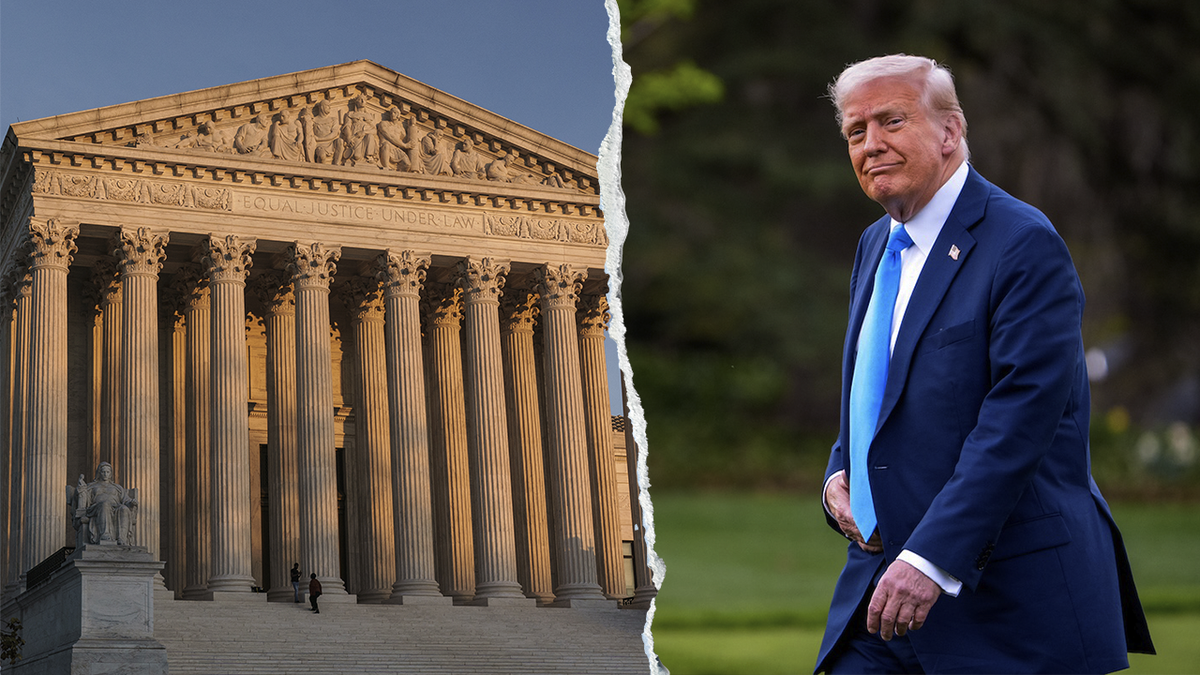At 13, Jane Eyre author Charlotte Bronte already knew how good a writer she would be

Charlotte Bronte’s A Book Of Rhymes was written in tiny script to fit on scraps of paper no larger than a playing card. PHOTO: BRONTE PARSONAGE MUSEUM/FACEBOOK At 13, Jane Eyre author Charlotte Bronte already knew how good a writer she would be LONDON – Few teenagers would want the world to read their poems. At 13, English novelist Charlotte Bronte had collected her verse in a humble anthology that already hinted at her ambition to become an author at a time when few women wrote for a public audience. Written in the winter of 1829, the poems in Bronte’s A Book Of Rhymes were penned in tiny script to fit on scraps of paper, no larger than playing cards, that were hand-stitched together with a carefully written contents page. The writer of Jane Eyre (1847) probably did not intend to publish her juvenile poetry, writing in the inner cover Sold By Nobody And Printed By Herself. Now, about 200 years later, the anthology will be available to the public for the first time. Last week, in time to celebrate the 209th anniversary of her birth on April 21, the Bronte Parsonage Museum in England published the collection of 10 poems , transcribed alongside images of their original ink-smudged pages . Bronte died in 1855 at age 38. The anthology contains a long-form poem on the beauty of the natural world, an attempt at an epic and a verse called A Thing Of Fourteen Lines – Commonly Called A [Sonnet?]. The anthology shows Bronte’s deletions and rearranged stanzas, showing lines crossed out and rewritten. In preserving her ink-stained edits, the little manuscript also shows an aspiring author already grappling with character and perspective. “They chart her development as a writer,” said Ms Ann Dinsdale, the Bronte Parsonage Museum’s principal curator. The original manuscript, which was lost for at least a century, will also go on display at the museum, in Haworth, in northern England. The existence of the poems was known thanks to a biography of Bronte, written by Victorian novelist Elizabeth Gaskell and published in 1857. Gaskell wrote of a catalogue of early poems and stories by Bronte, first written at age 10 and numbering 22 titles by the time she was 14. These juvenile works, including A Book Of Rhymes, were later treasured by collectors. Records show that A Book Of Rhymes came up for auction in New York in 1916, but then vanished. It reappeared in 2022, where it was the headline item at the New York International Antiquarian Book Fair. Sold by an anonymous private collector, the anthology fetched US$1.25 million (S$1.6 million) at an auction that year, held on the 206th anniversary of Bronte’s birth. Friends Of The National Libraries, a British non-profit organisation, raised that amount with donations from nine donors , including the Garfield Weston Foundation and the estate of United States-born poet and essayist T.S. Eliot, to stop the book from again disappearing into another private collection. It was then donated to the Bronte Parsonage Museum, which is based in the parsonage where the Bronte family lived and wrote in the 19th century. From their home in Haworth, the Bronte siblings – Charlotte, Emily, Anne and their brother Branwell – produced tiny magazines that contained elaborate worlds. Their imagined readers were a set of toy soldiers that they played with, making up adventures. The children gathered any scrap of paper they could find, writing on sugar bags and bounding their books in scraps of wallpaper, Ms Dinsdale said. They wrote to scale for the toy soldiers, but by making the text so small, they also kept the prying eyes of adults from looking into their little world. Bronte wrote A Book Of Rhymes in the voice of two of the toy soldiers, the Marquis of Duro and Lord Charles Wellesley, and imagined them setting off on an expedition through a Canadian forest where “branches mingle over head / casting a solemn shade / oe’r the lone pathway which I tread” or on an exiled journey through the biblical Babylon. The young Brontes’ early work reflects what they were reading at the time, Ms Dinsdale said. She added that they were encouraged by their father Patrick Bronte, a priest who also studied bird life and who would take the children on long walks over the moors around their home. He encouraged Charlotte to observe the natural landscape, which became a signature of her writing, Ms Dinsdale said. Long before her characters would muddy their skirts in the bucolic landscapes of her novels, teenage Charlotte Bronte captured the natural environment in her poems Autumn, A Song and Spring, A Song. “Meantime the rushing stream which roars along / its black waves foaming in high majesty,” she writes in a poem called A Bit Of A Rhyme. The verse is imperfect, but an already reflective Bronte knew this, writing in the introduction: “The following are attempts at rhyming of an inferior nature, it must be acknowledged, but they are nevertheless my best.” The Bronte Parsonage Museum partnered a local publisher and asked musician, author and poet Patti Smith to write the foreword. In it, she writes that Bronte’s teenage writing transported her back to her own childhood, when imagination offered her an escape from reality. The poems show a clear-eyed writer determined to wield invention “as a benevolent weapon”, Smith writes. “It is not simply a handful of juvenile verses,” she adds, “but the manifestation of an ambitious dreamer.” NYTIMES Join ST's Telegram channel and get the latest breaking news delivered to you.


















